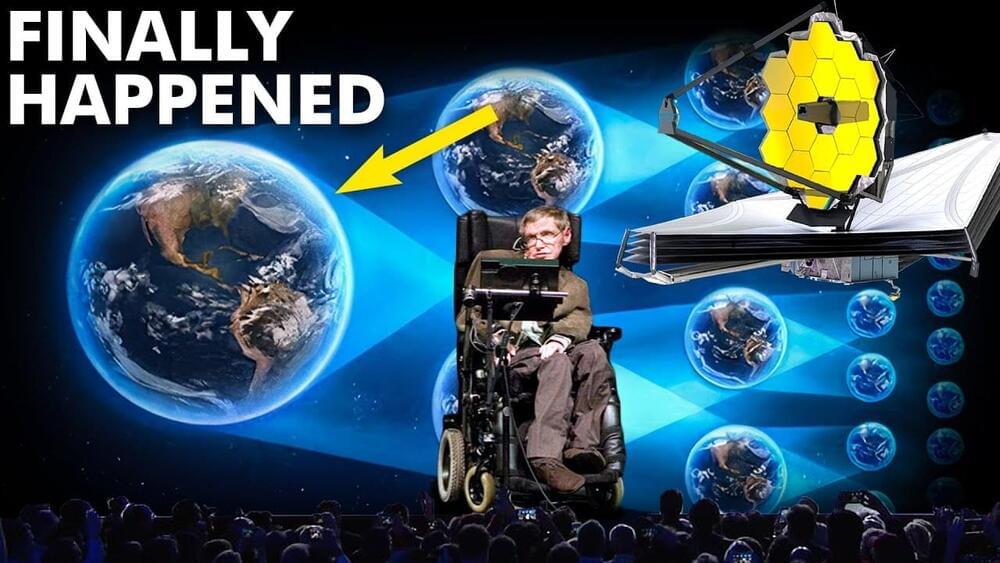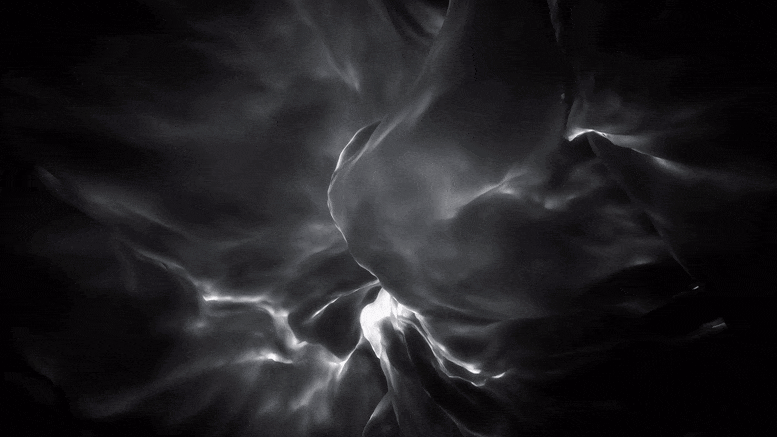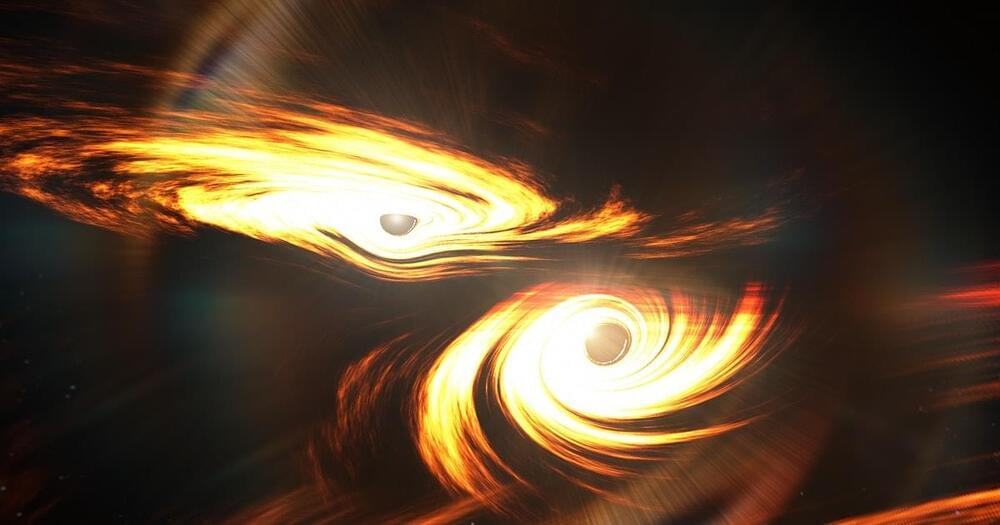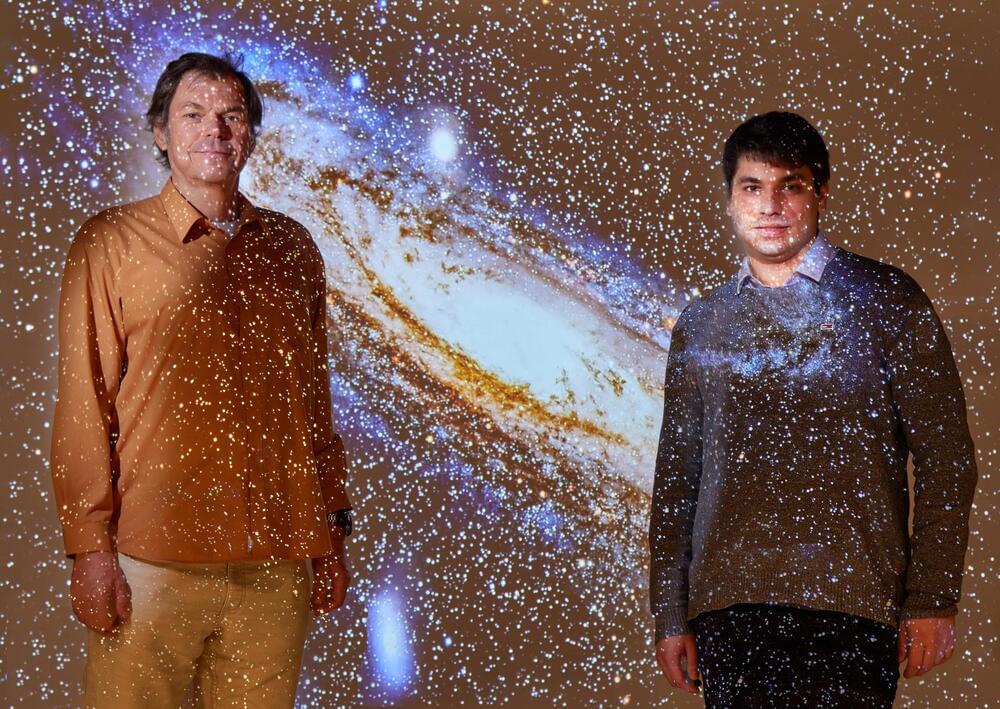
https://www.youtube.com/watch?v=mRvbSIVjkhM
Professor Stephen Hawking might have died before the James Webb Space Telescope finally launched. Still, due to the vast space legacy of the late physicist, many hours of the new space telescope will be dedicated to proving some of his theories! One of such theories is the very last one Hawking worked on before his death, in which he argued about a multiverse theory that implies an exact copy of you existed in a parallel universe! What is the multiverse theory, and will the James Webb Space Telescope finally prove Stephen Hawking’s multiverse theory?
Stephen Hawking died in 2018, missing the launch of the James Webb Space Telescope by more than three and a half years. That was thanks to multiple delays that pushed the launch date from between 2007 and 2011. It also gulped about 10 billion dollars, about ten times the initial budget. However, following a successful launch and deployment of its components, this powerful space telescope will undergo several months of calibrating and testing before settling down to work.
Thanks to the large 6.5 meter giant mirror that had to be folded during launch, the telescope will be able to peer into the atmospheres of planets outside our Solar System and peek through massive clouds of dust to watch the birth of new stars and planetary systems. JWST will be able to gather and reflect light from the early Universe. The Universe is thought to be around 13.8 billion years old, and JWST will be able to observe light from the earliest stars and galaxies, close to the Big Bang!
The JWST is an infrared telescope, meaning it uses infrared radiation to detect objects in space. It is able to observe celestial bodies, such as stars, nebulae, and planets that are too cool or too faint to be observed in visible light, that is, what is visible to the human eye. According to NASA, infrared radiation can also pass through gas and dust, which appear opaque to the human eye. This is different from the world-famous Hubble Telescope, which sees visible light, ultraviolet radiation, and near-infrared radiation. In order for the instruments aboard to work, they need to be kept at extremely cold temperatures,-370 degrees Fahrenheit or lower. The large sunshield protects the telescope from the heat of the sun and keeps the instruments cold.
According to a report conducted by an independent review board in 2018, there were 344 “single-point failures,” or steps that needed to work for the mission to succeed! However, the telescope was tucked inside the nose of an Ariane 5 rocket and launched safely from the European Space Agency’s Spaceport in French Guiana in December last year! It separated from the rocket after the launch and began unfolding. According to NASA, about 30 minutes after the launch, the first deployment took place as the solar panels unfolded so the telescope could get power from the sun!
Because of JWST’s capabilities, many astronomers are vying for time with the telescope. The Space Telescope Science Institute, which oversees science operations on Hubble and JWST, had sent out a call to astronomers for proposals on how they’d like to use James Webb, with 6,000 hours of observation time up for grabs! The lucky ones have now received approvals for their projects, and we look forward to the wealth of knowledge they will enrich us with! There is plenty of time for the JWST to unlock the deep secrets of the Universe, with about 20 years of operation guaranteed by the amount of fuel aboard the space telescope.
With the JWST safely delivered to its location about one million miles away from the earth, is it time to confirm one of Hawking’s most intriguing theories, the multiverse concept? The theory is special because it was the last one published by the professor! In fact, that final research from the sharp mind was submitted for publication just ten days before his death!
In the paper, titled “A smooth exit from eternal inflation?” which he co-authored with Thomas Hertog, a physicist at the Catholic University of Leuven in Belgium, Hawking laid out a theory on the origin of the Universe that might settle a few lingering questions. However, despite being his last work, the paper was actually a final look at one of his earliest theories. In fact, if the JWST eventually helps prove the existence of the multiverse, it will make the scientists behind it likely candidates for a Nobel Prize! However, since Nobel Prizes cannot be awarded posthumously, Hawking would be ineligible to receive it.


















